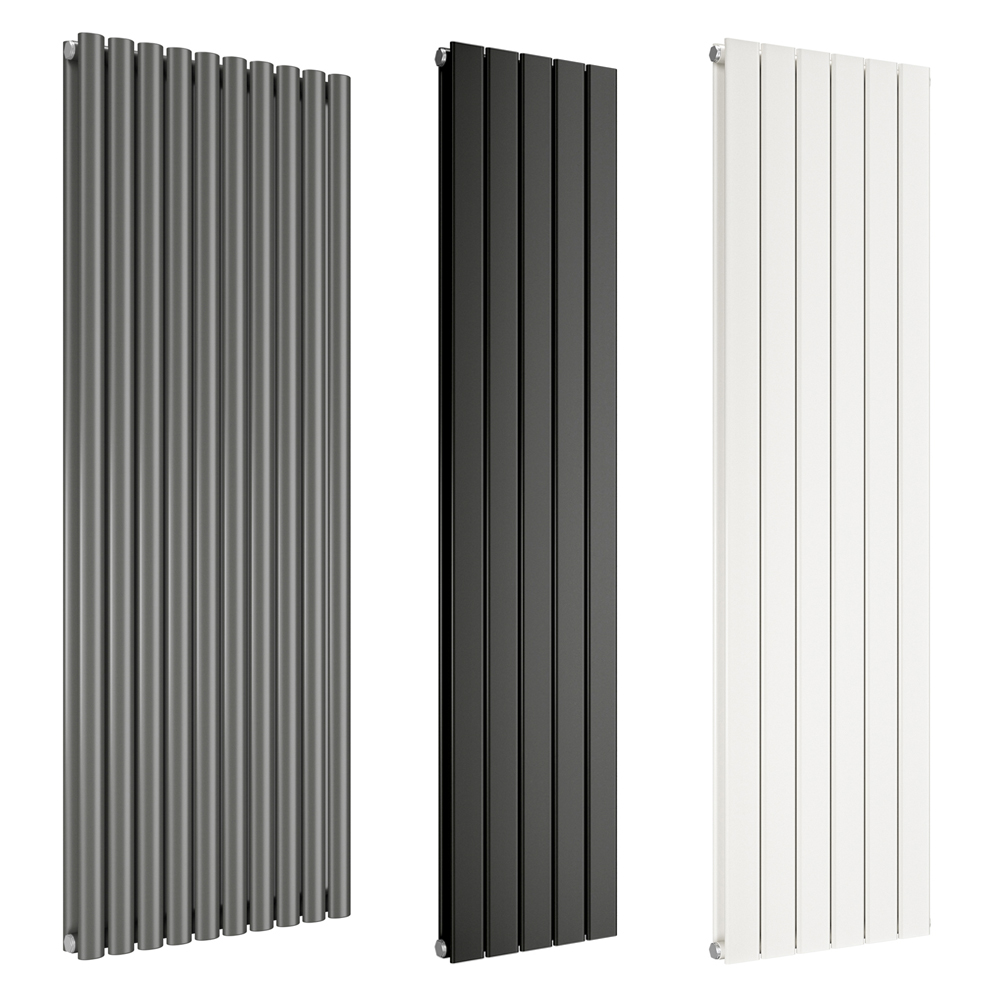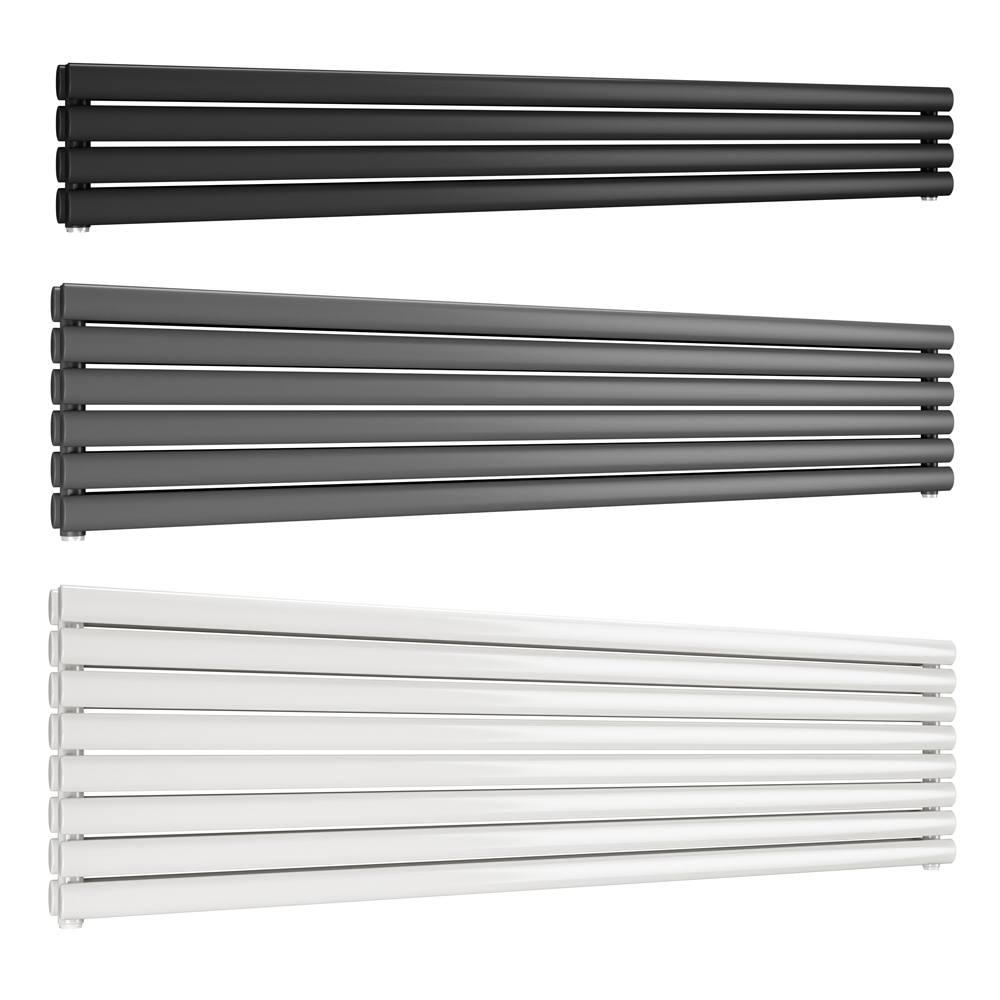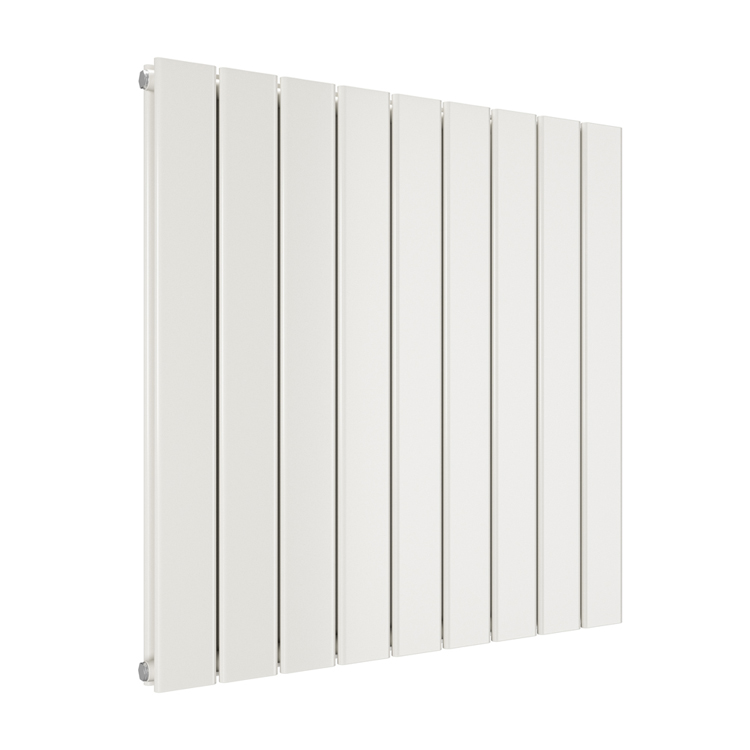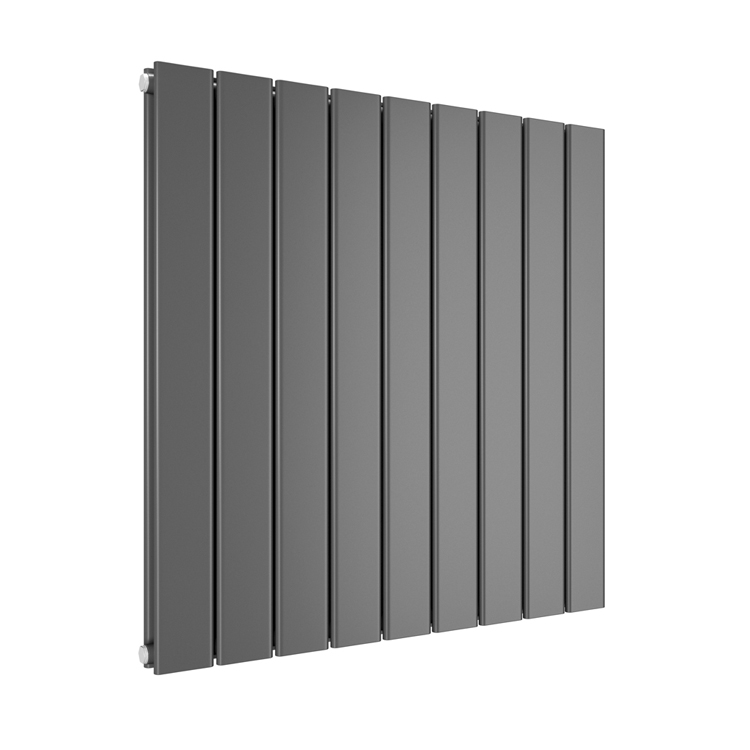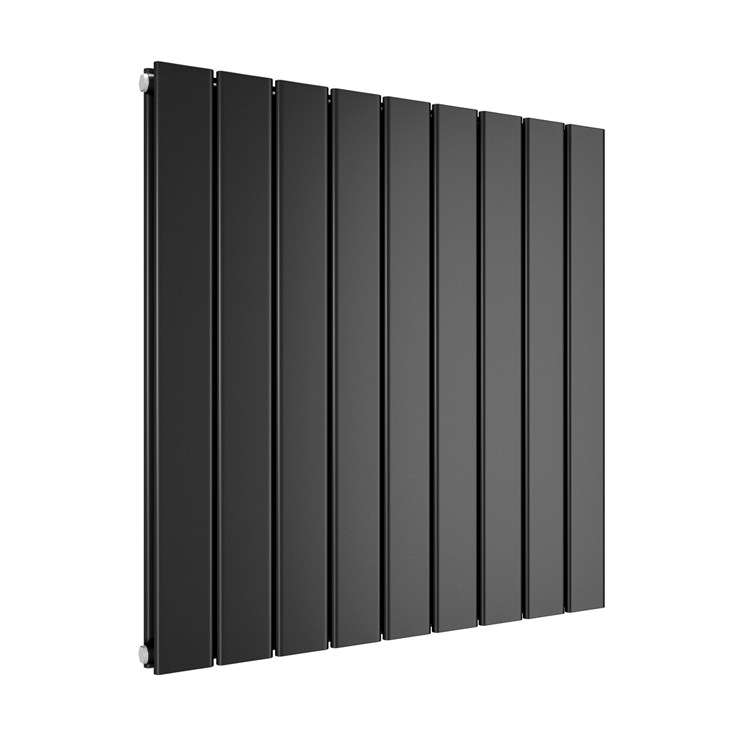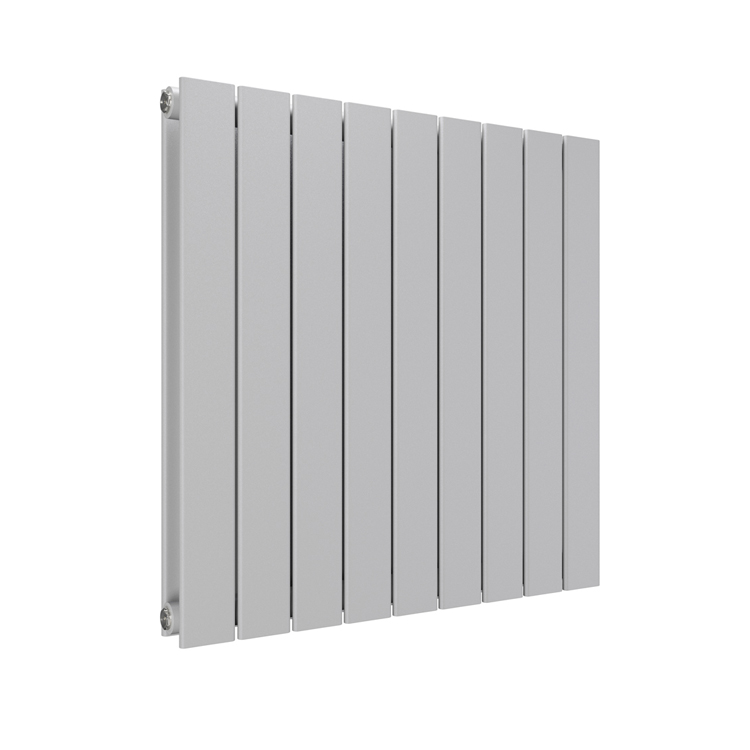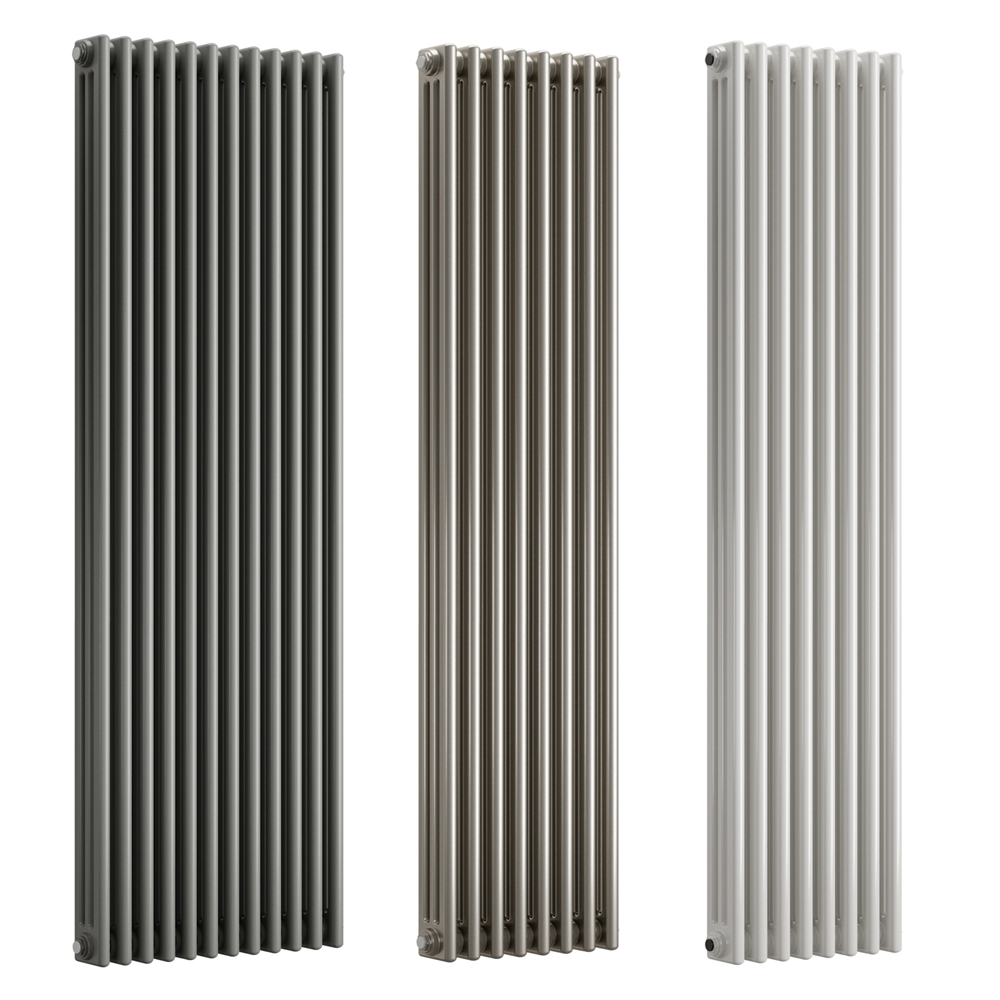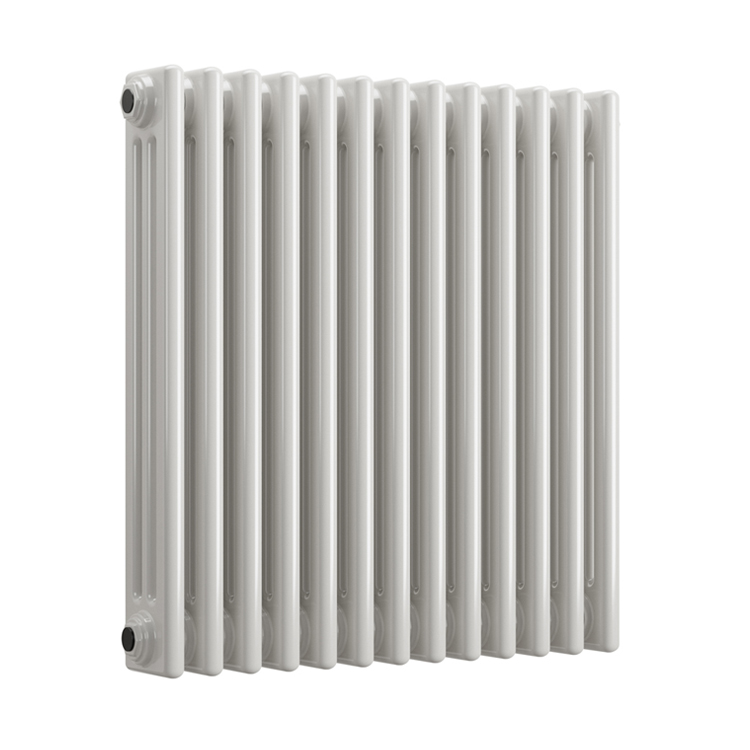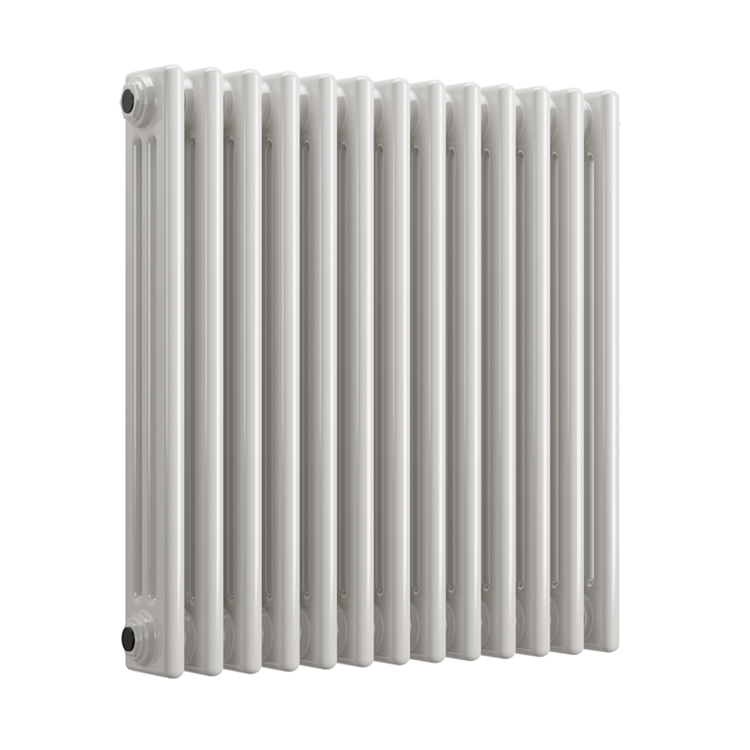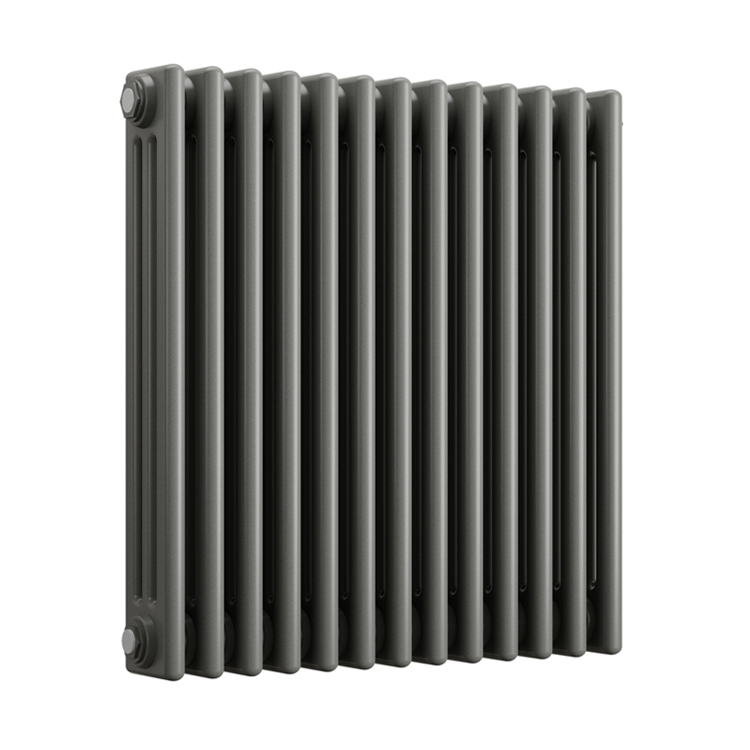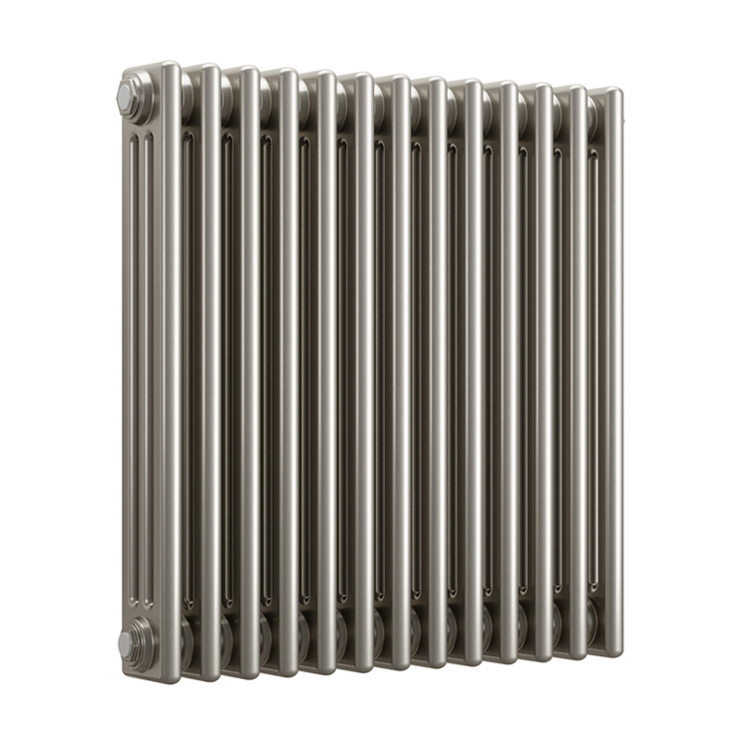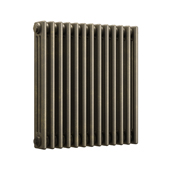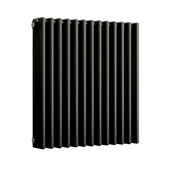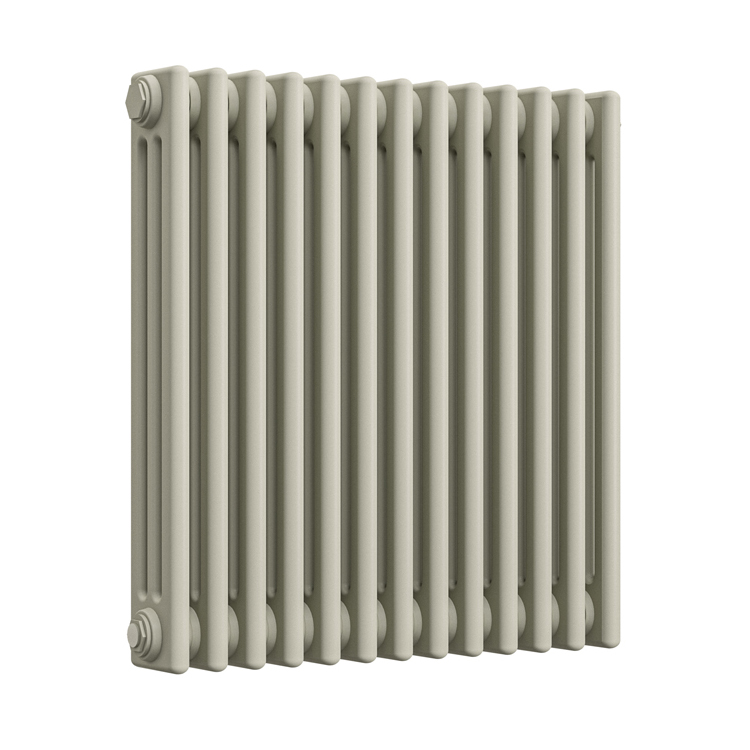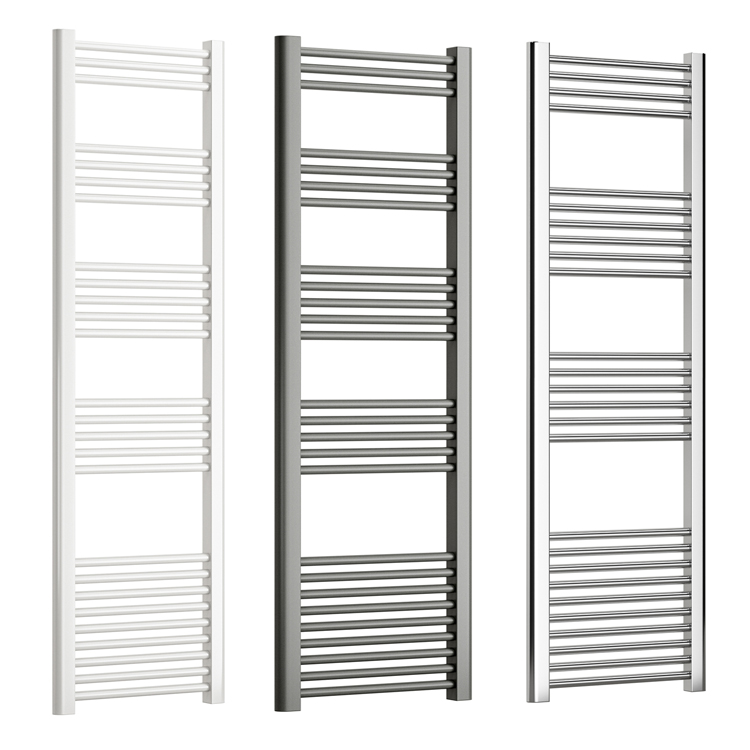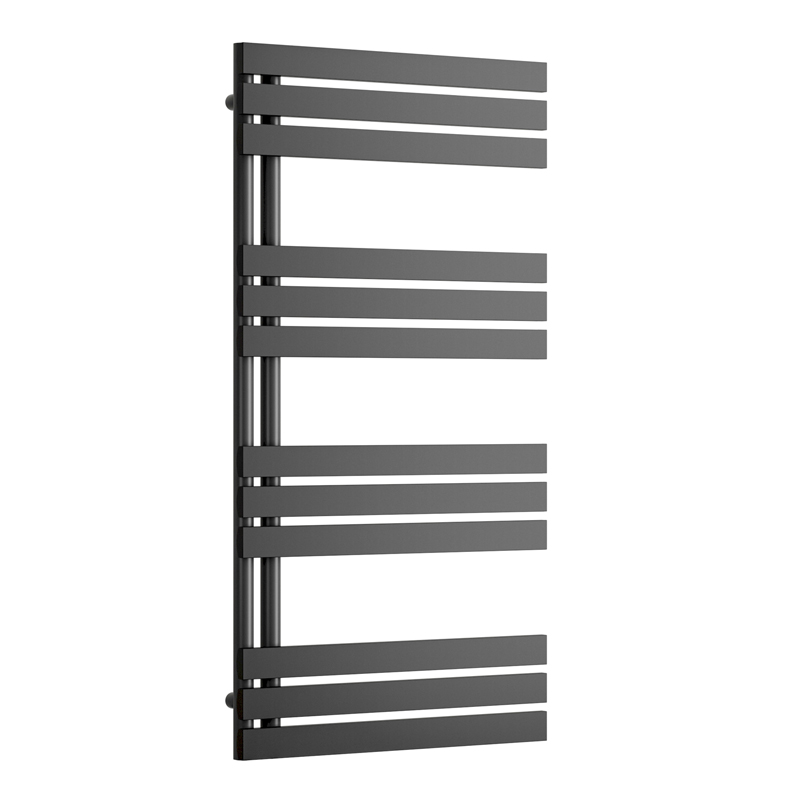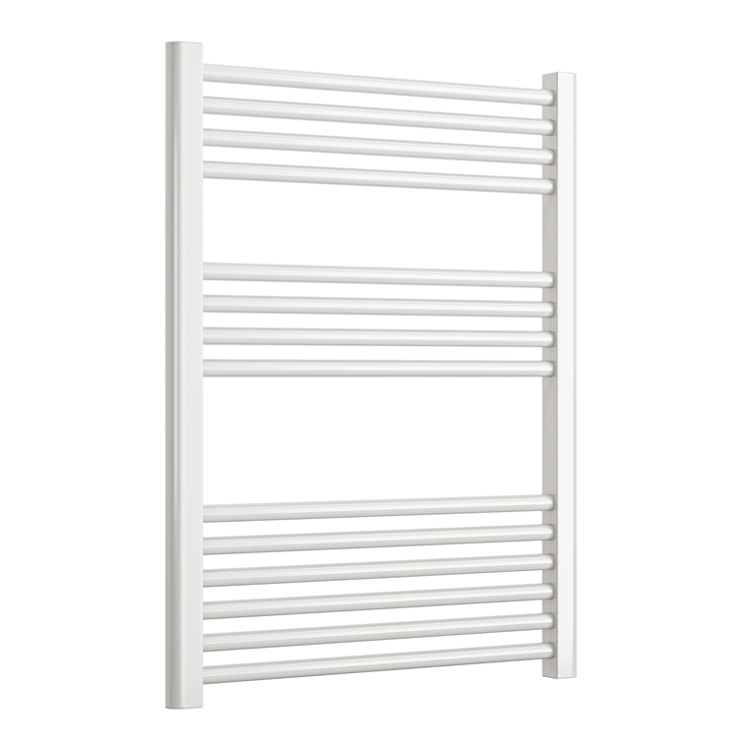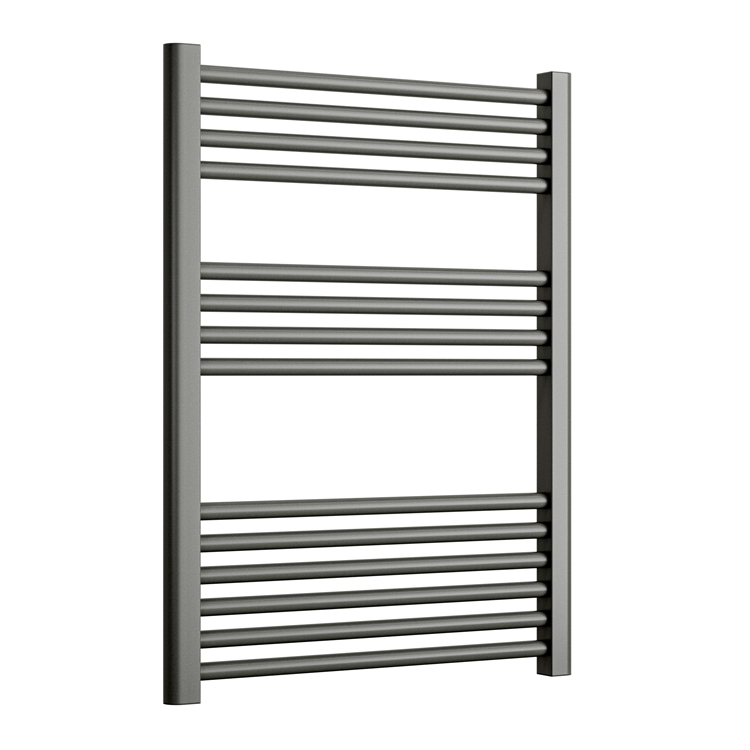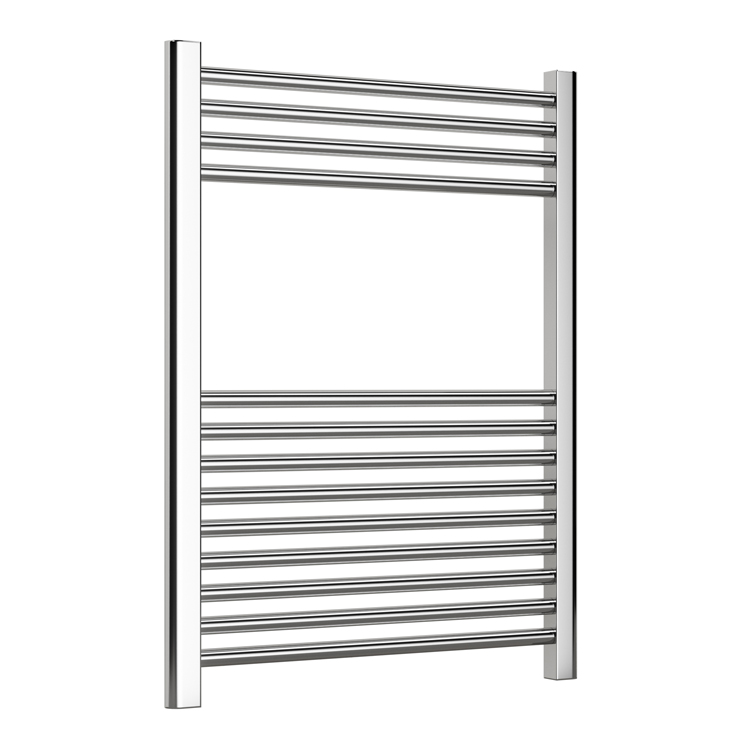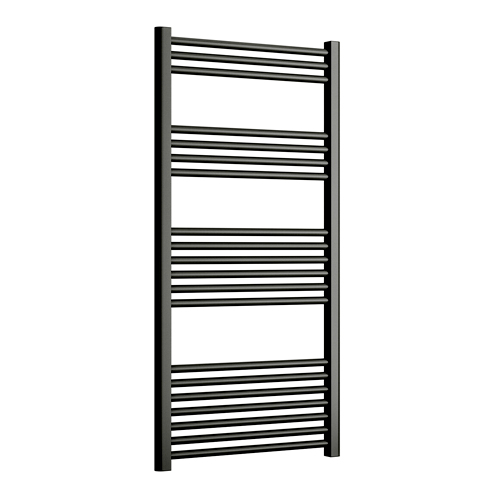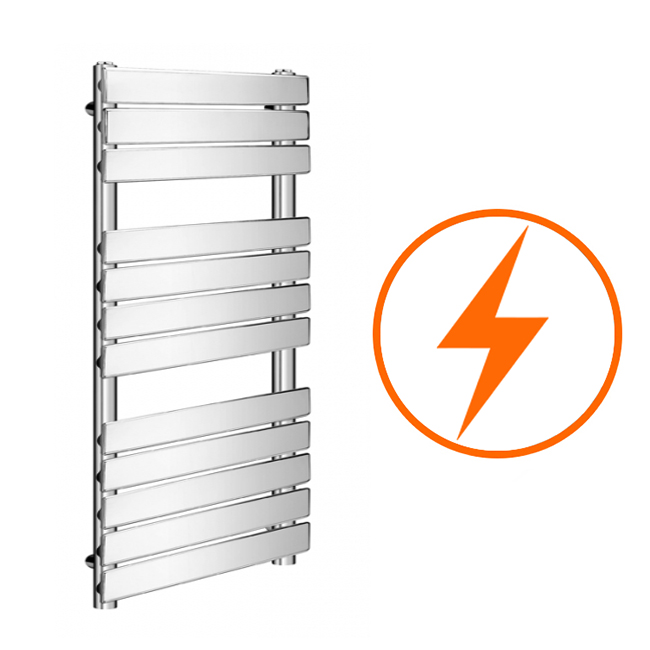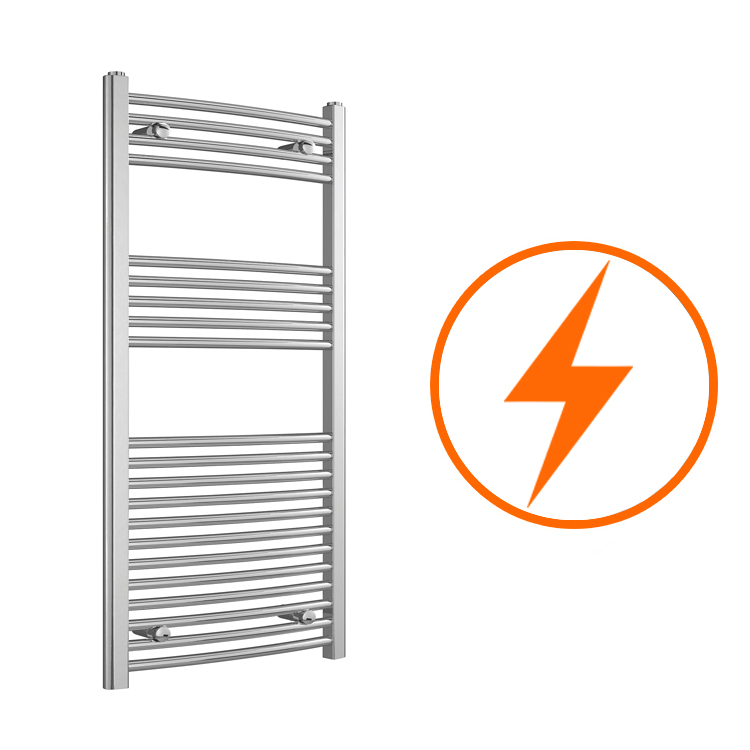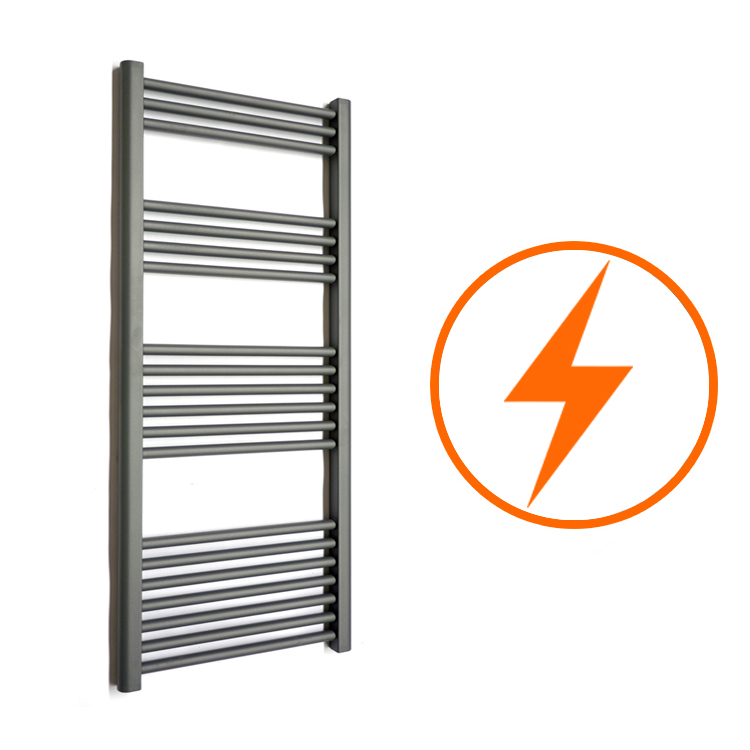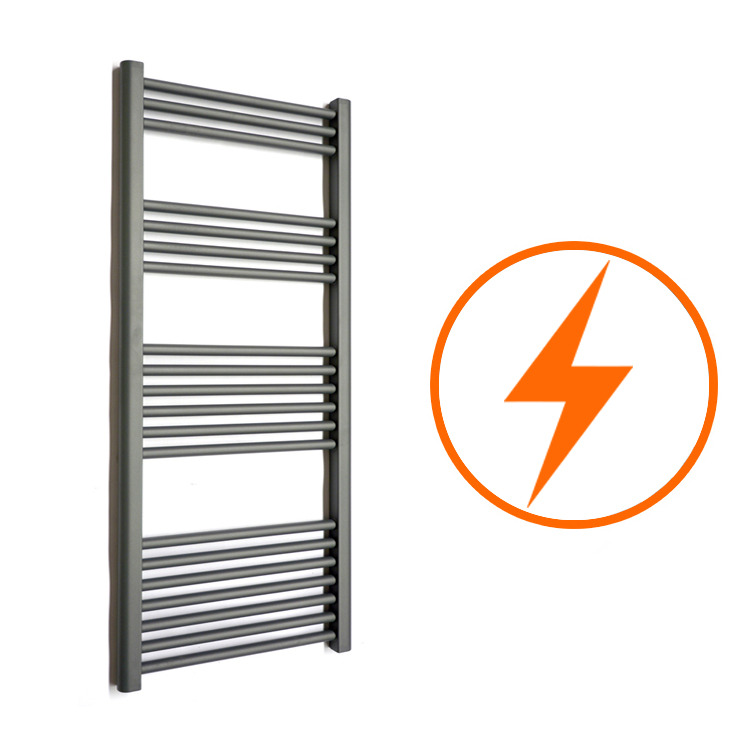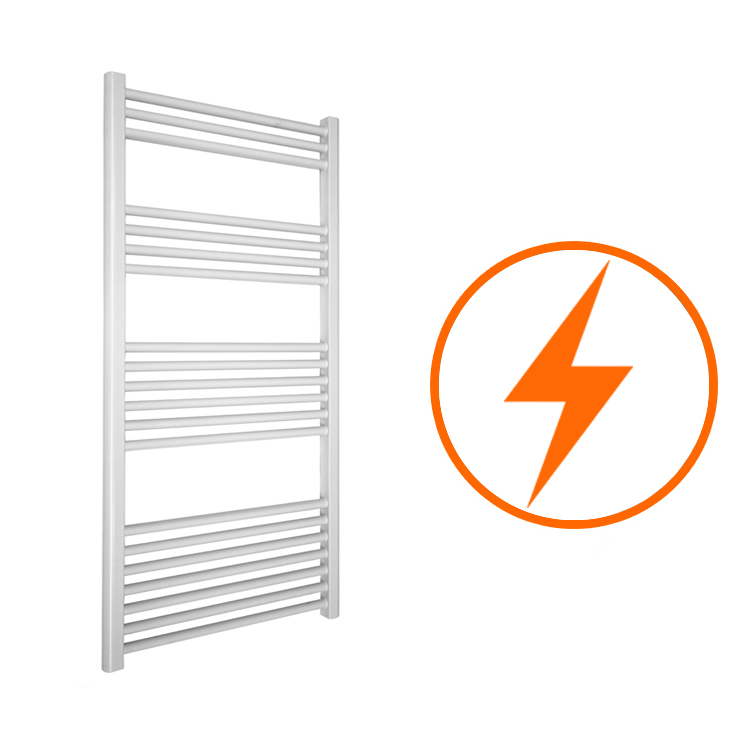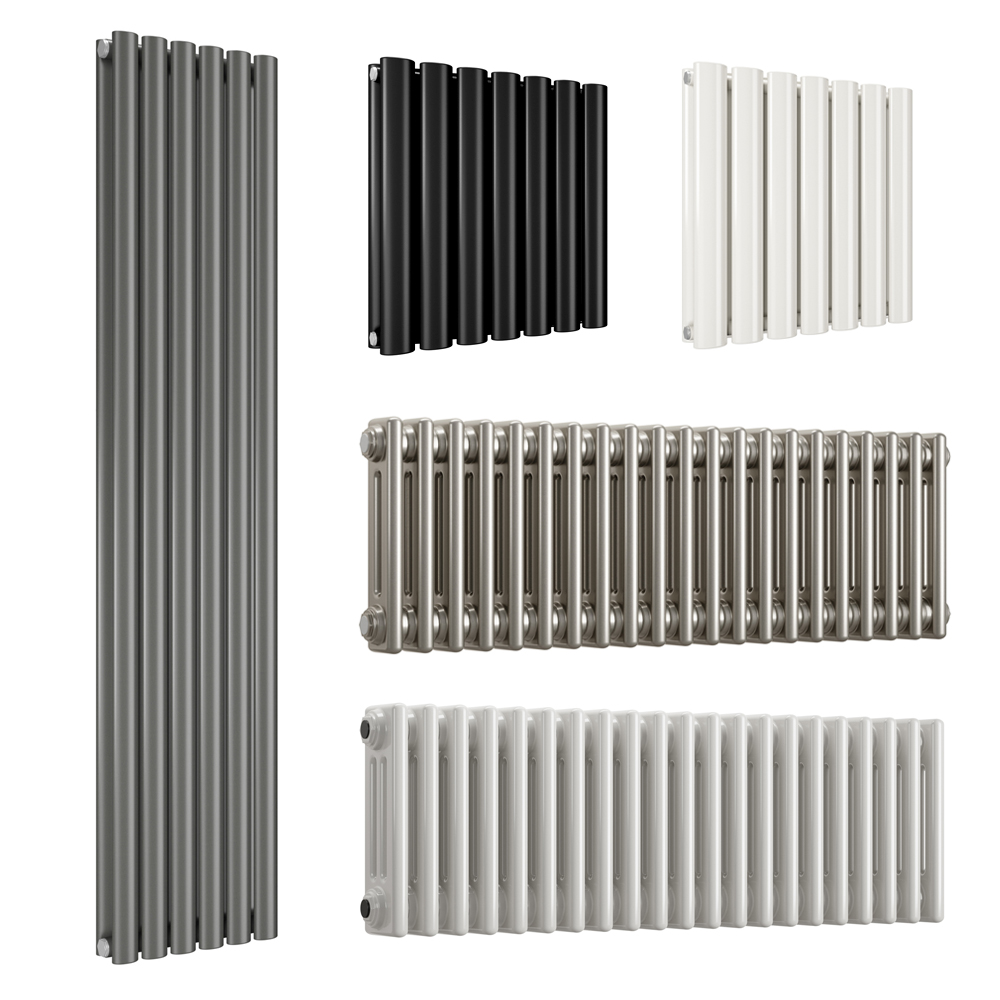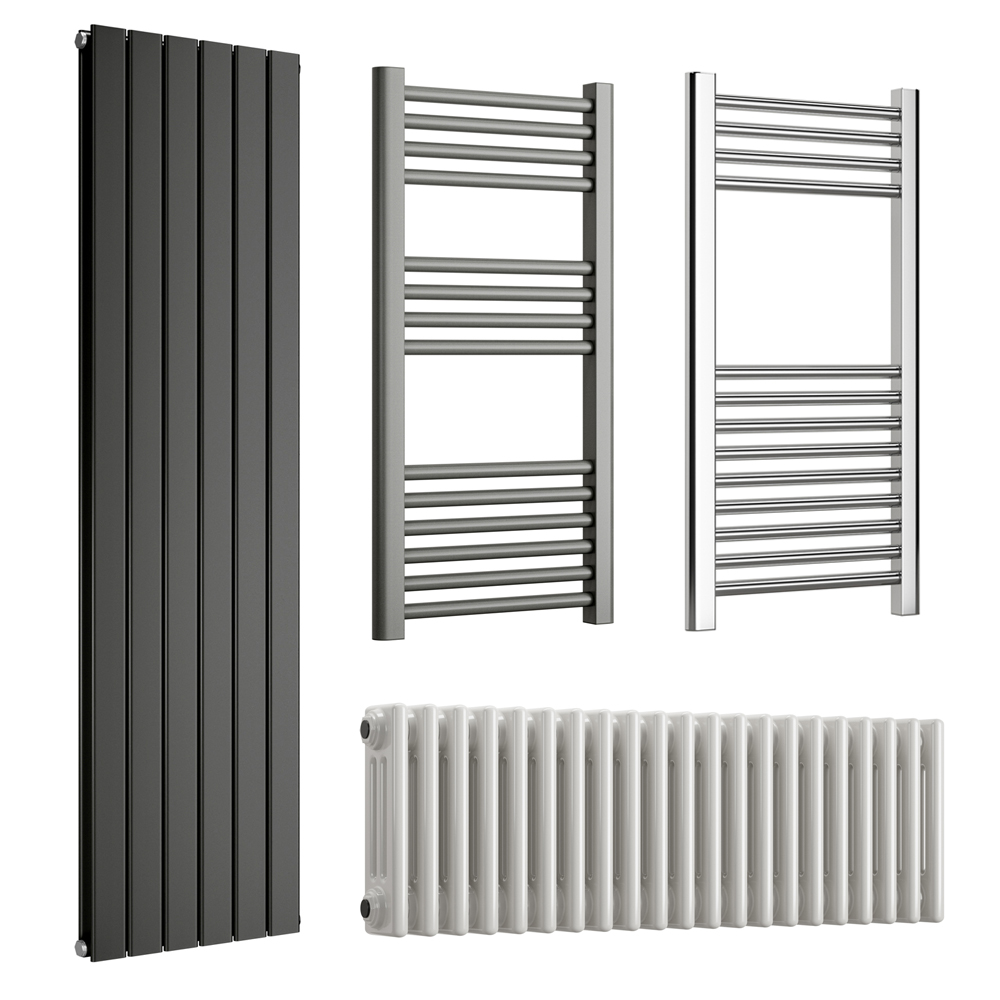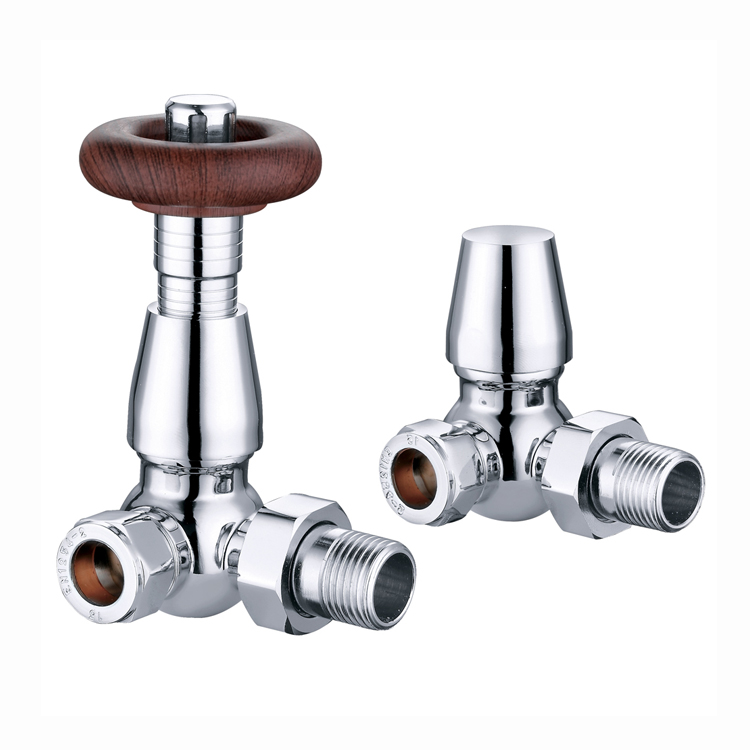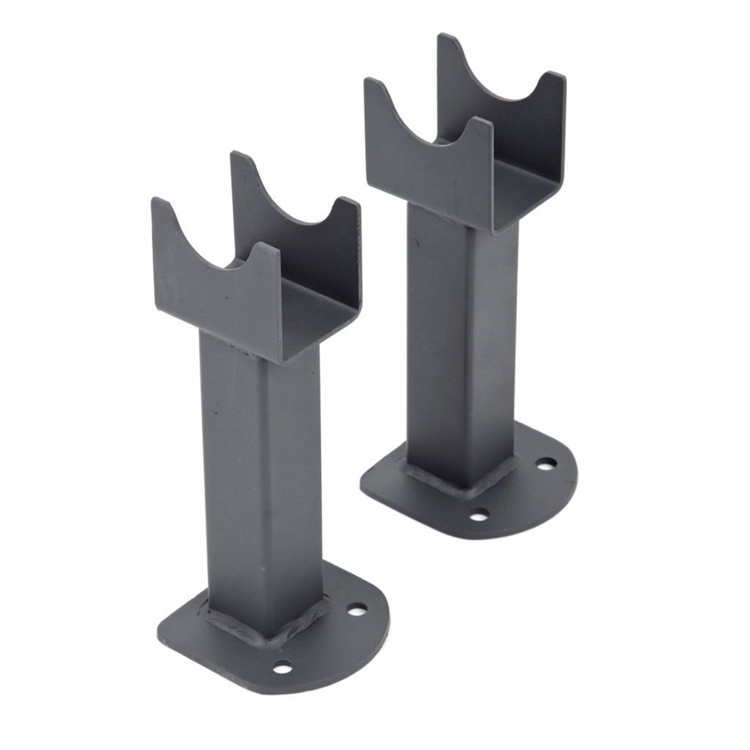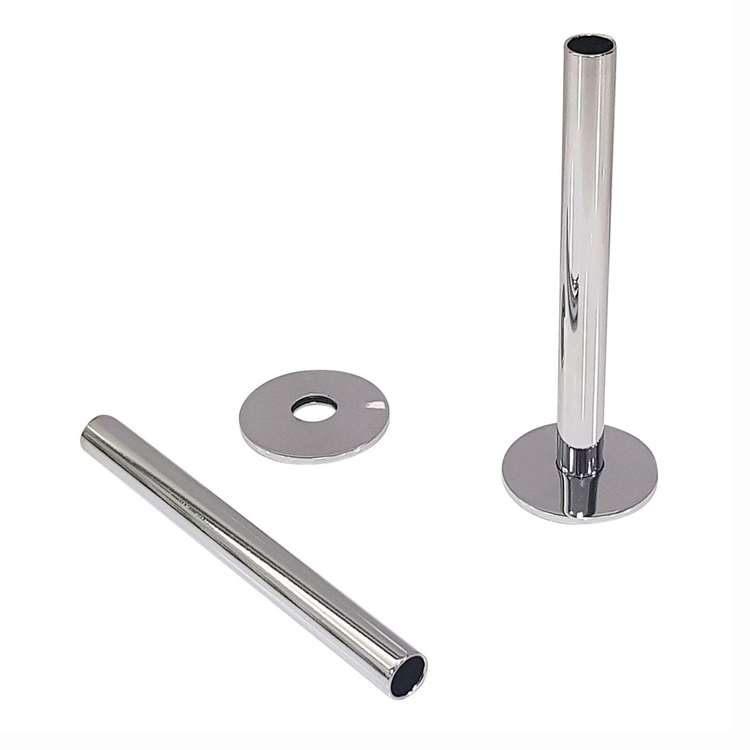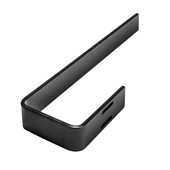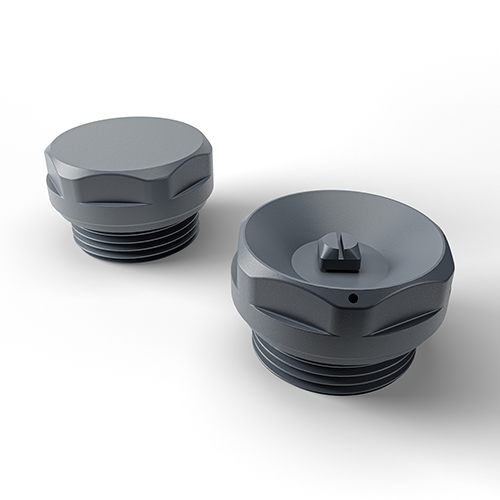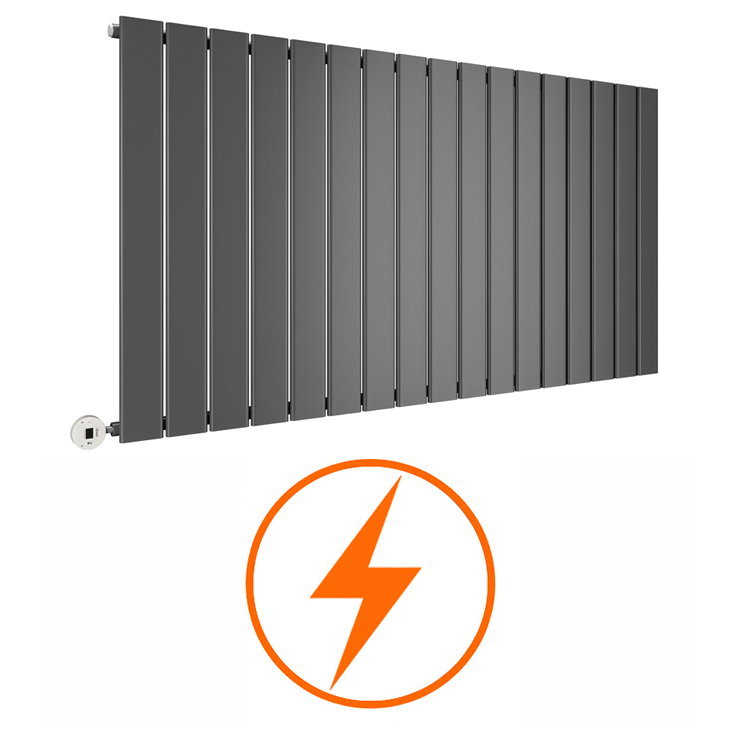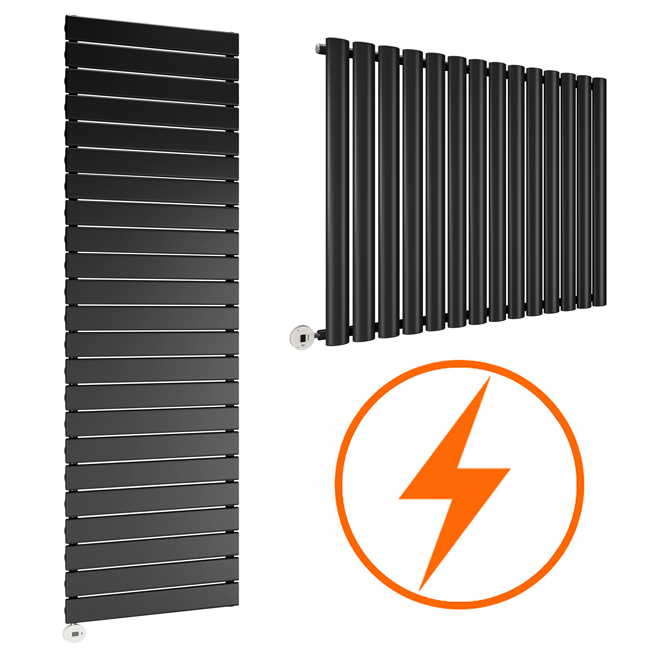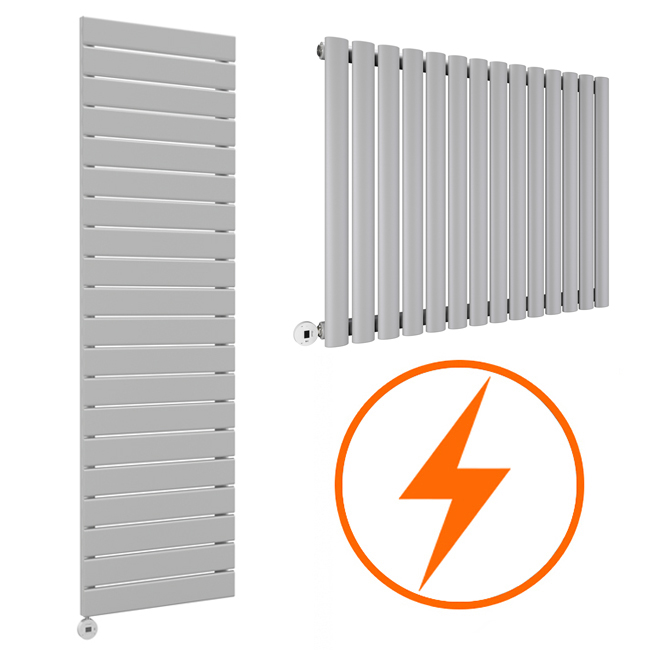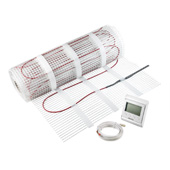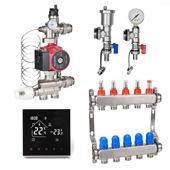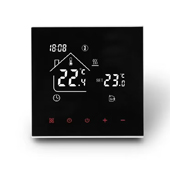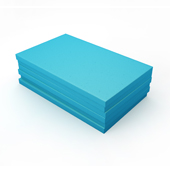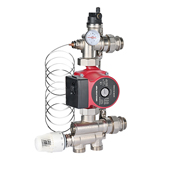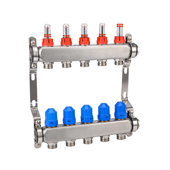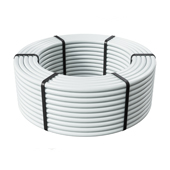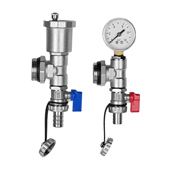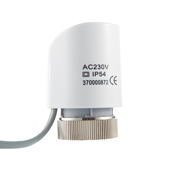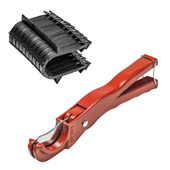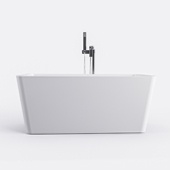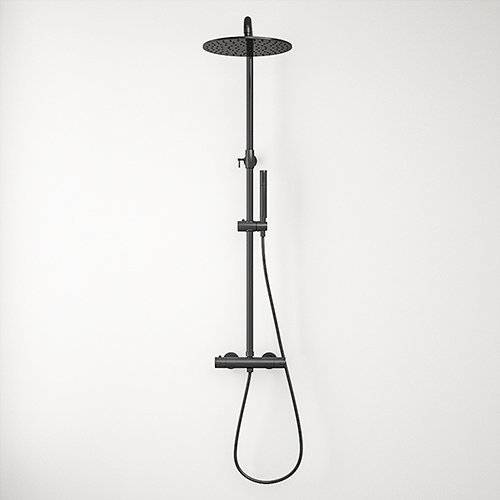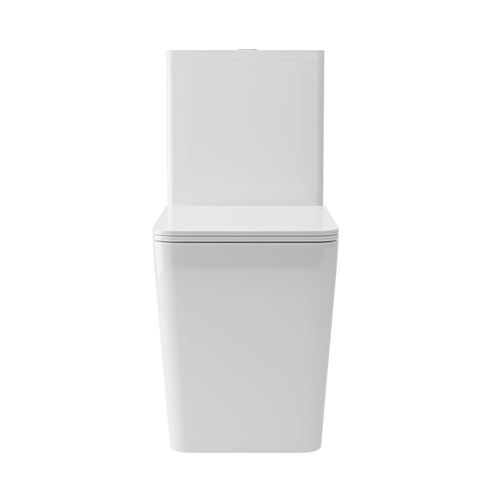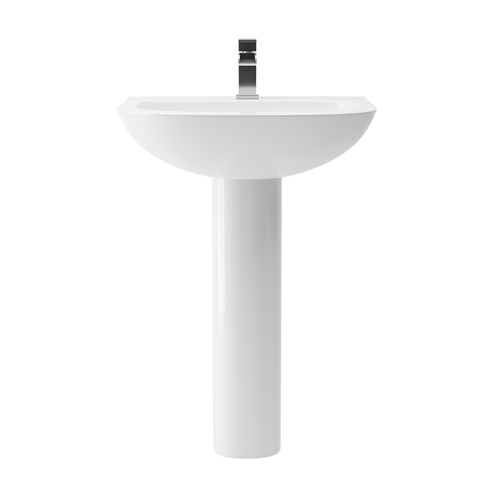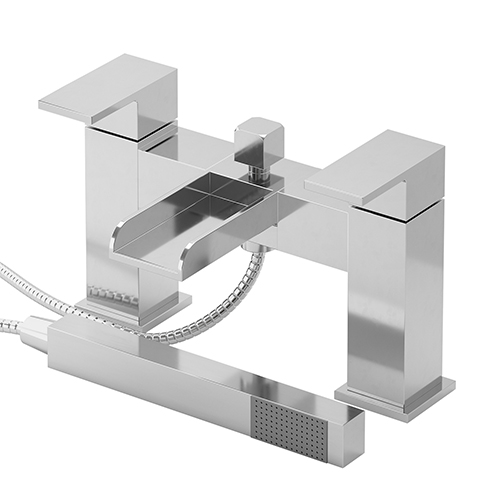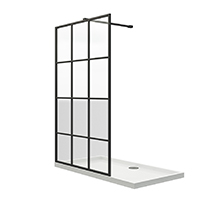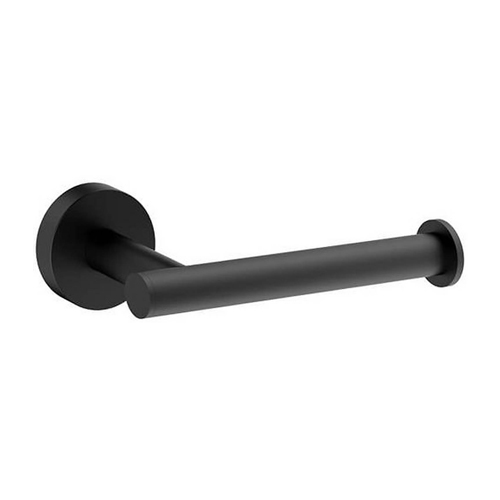
When planning a new heating system – whether in a new build or a renovation – homeowners are increasingly turning to hybrid solutions. One of the most popular options is combining underfloor heating and traditional radiators. But is it a good idea? How do the two systems work together and what should you consider before installing both?
Can radiators and underfloor heating work together?
Yes, radiators and underfloor heating can work together and doing so can bring flexibility, efficiency and comfort to your home. Known as a hybrid heating system, this approach allows homeowners to benefit from the advantages of both heating methods.
Radiators provide fast, targeted heat and are ideal for spaces that require quick warm-ups or are used less frequently, such as bedrooms or loft conversions. Underfloor heating, on the other hand, provides consistent warmth across large areas and works well in living rooms, kitchens and open-plan spaces.
Because underfloor heating runs at lower temperatures (usually around 35-45°C) and radiators typically operate at higher temperatures (60-75°C), the two systems need to be balanced correctly. This ensures that each performs optimally without creating cold spots or overheating certain areas.
Does underfloor heating remove the need for radiators?
Underfloor heating can remove the need for radiators – but it doesn't have to. The decision often depends on your home’s layout, insulation and personal heating preferences.
In well-insulated modern homes or newly built extensions, underfloor heating may be sufficient as the sole source of heat. It distributes warmth evenly and can maintain a comfortable temperature with lower energy usage over time.
However, in older properties or multi-storey homes, it’s common to keep radiators in certain rooms. For instance, bedrooms may heat up faster and require less prolonged heating, making radiators a more practical choice. Bathrooms, too, often benefit from the dual system – underfloor heating for warm floors and towel radiators for quick top-ups.
Ultimately, underfloor heating doesn't necessarily replace radiators. Instead, it complements them when installed strategically throughout the home.
Underfloor heating and radiators in the same room: is it a good idea?
While it’s possible to have both underfloor heating and a radiator in the same room, it isn’t always necessary – and in some cases, it can cause inefficiencies.
Both systems provide heat, but they do so differently. Underfloor heating gradually warms the room from the floor upwards, creating a gentle and consistent heat. Radiators, by contrast, tend to warm the air around them quickly and need to be more carefully controlled.
If both systems are installed in one room without proper zoning or thermostatic control, they may compete with one another, leading to energy waste and even potential discomfort.
That said, having both can work well in specific scenarios, such as bathrooms, where quick heating from a towel radiator might complement the ambient warmth of underfloor heating. Just be sure to use thermostats or control systems that can manage each zone independently.
How do you separate underfloor heating from radiators?
The key to a successful hybrid heating setup lies in separating the two systems into zones, each with its own temperature controls. This zoning is typically done using a manifold for underfloor heating and separate thermostatic valves for radiators.
Because the two systems operate at different temperatures, the water flowing to underfloor pipes needs to be cooler than what’s used for radiators. This is usually achieved using a blending valve or mixing unit within the underfloor heating manifold.
Zoned thermostats allow each area to be controlled independently. For instance, your living room underfloor heating could be set to maintain 21°C, while the radiator in a bedroom upstairs is set to heat only in the mornings and evenings.
This level of control ensures that the systems don’t interfere with one another and allows you to tailor your heating to suit how each space is used.
Adding underfloor heating to an existing radiator system
If you already have radiators and want to add underfloor heating to your home, the good news is that it’s entirely possible. However, retrofitting underfloor heating does require careful planning.
You’ll need to consider the type of underfloor heating – water-based or electric. Wet systems are more efficient in the long term and work well with central heating, but they require more invasive installation. Electric underfloor heating, while often easier to install, is generally better suited to smaller areas like bathrooms or kitchens.
Your existing boiler and pipework may also need to be assessed. Some systems can accommodate both heating methods without too many changes, especially if the boiler has a high enough output and suitable controls are added.
For water-based underfloor heating, a separate manifold system with mixing valves and a pump will likely be required. This controls the lower temperature water flowing through the underfloor pipes and ensures compatibility with the higher temperature radiators elsewhere in the house.
It’s best to work with an experienced heating installer who can assess your existing system and design a hybrid layout that’s both safe and efficient.
Underfloor heating downstairs, radiators upstairs: the best of both worlds?
One of the most popular hybrid heating layouts is underfloor heating on the ground floor and radiators on the upper floors. And for good reason – it’s an effective and balanced solution.
Downstairs areas like kitchens, lounges and dining rooms typically have larger floor spaces and benefit most from the consistent, background warmth of underfloor heating. These rooms are also where people spend the most time during the day, so comfort is key.
Upstairs, smaller rooms such as bedrooms often don’t require constant heating. Radiators offer quicker heat-up times and can be individually controlled, which suits varying sleep and usage schedules.
This type of setup also simplifies the zoning process. You can create a clear separation between the two systems, which makes it easier to manage different flow temperatures and reduce strain on your heating system.
Pros and cons of combining underfloor heating and radiators
-
Flexible design: You can tailor heating based on room usage and size.
-
Energy efficiency: Underfloor heating runs at lower temperatures, which can reduce energy bills when used effectively.
-
Comfort: Provides consistent warmth where it’s most needed, such as ground-floor living spaces.
-
Improved aesthetics: Fewer visible radiators create a cleaner look, especially in open-plan areas.
Pros:
-
Installation complexity: Requires skilled planning and potential reconfiguration of pipework or flooring.
-
Balancing challenges: Different operating temperatures mean the systems need to be carefully zoned and controlled.
-
Cost: The initial outlay may be higher, especially when retrofitting or upgrading an existing heating system.
Cons:
Key considerations for installation
-
Professional design: A heating engineer or specialist should design the system to ensure optimal flow rates, temperatures and zoning.
-
Thermostatic control: Independent thermostats are essential for managing each system and avoiding overheating.
-
Pipe compatibility: Ensure your existing pipework and boiler can support both systems, or be prepared for necessary upgrades.
-
Floor height: Underfloor heating may raise the floor level slightly, which could affect door clearance and thresholds.
-
Futureproofing: Consider smart controls and low-carbon energy sources like air source heat pumps, which work well with lower temperature heating systems.
Combining underfloor heating with radiators can be a smart, energy-efficient way to heat your home, if designed and installed correctly. By zoning each system, using appropriate controls and matching the right heating method to each space, you can enjoy the best of both worlds: warm floors downstairs and responsive radiators upstairs.
Whether you're renovating a single room or planning a whole-home upgrade, Radiator Outlet has everything you need. Shop our radiators and underfloor heating range today and take the first step towards a more comfortable, efficient home.
If you’re thinking of installing a hybrid system, there are a few key factors to keep in mind:
 Need Radiators FAST?
Need Radiators FAST? 



